Environment
-
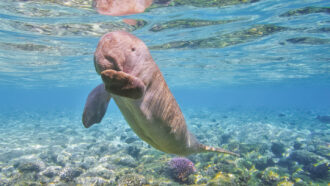 Life
LifeA new metric of extinction risk considers how cultures care for species
Conservation efforts should consider relationships between cultural groups and the species important to them, researchers argue.
By Jude Coleman -
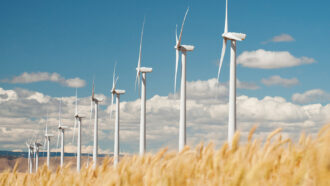 Climate
ClimateIt’s possible to reach net-zero carbon emissions. Here’s how
Cutting carbon dioxide emissions to curb climate change and reach net zero is possible but not easy.
-
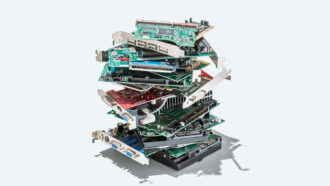 Environment
EnvironmentRecycling rare earth elements is hard. Science is trying to make it easier
As demand grows, scientists are inventing new — and greener — ways to recycle rare earth elements.
By Erin Wayman -
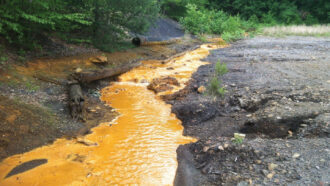 Environment
EnvironmentRare earth elements could be pulled from coal waste
The scheme would provide valuable rare earth metals and help clean up coal mining’s dirty legacy.
By Erin Wayman -
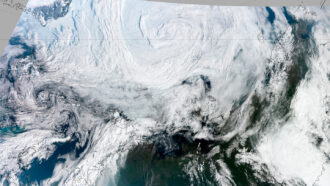 Climate
ClimateCyclones in the Arctic are becoming more intense and frequent
Over the last 70 years, boreal storms have steadily grown stronger. And climate change may make them worse, threatening both people and sea ice.
By Nikk Ogasa -
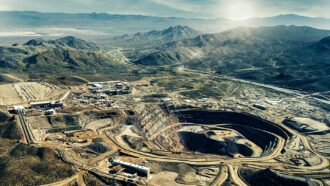 Earth
EarthRare earth mining may be key to our renewable energy future. But at what cost?
We take you inside Mountain Pass, the only rare earth mine in the United States.
-
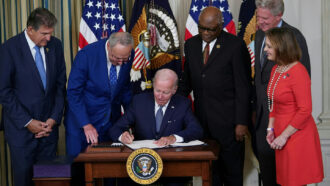 Climate
Climate2022’s biggest climate change bill pushes clean energy
Experts weigh in on the pros and cons of the United States’ first major climate change legislation, the Inflation Reduction Act, signed this year.
By Nikk Ogasa -
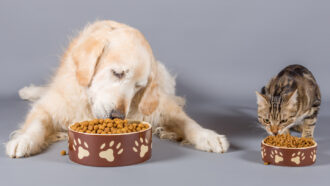 Animals
AnimalsDry pet food may be more environmentally friendly than wet food
The environmental cost of wet pet food is higher than dry food, scientists say. That may be because wet food gets most of its calories from animals.
By Meghan Rosen -
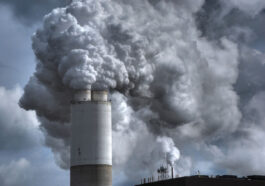 Health & Medicine
Health & MedicinePollution mucks up the lungs’ immune defenses over time
A study of immune tissue in the lungs reports that particulate matter buildup from air pollution may impair respiratory immunity in older adults.
-
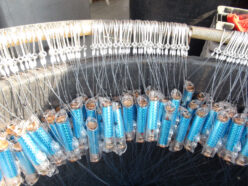 Animals
AnimalsThese devices use an electric field to scare sharks from fishing hooks
SharkGuard gadgets work by harnessing sharks’ ability to detect electric fields. That could save the animals’ lives, a study suggests.
-
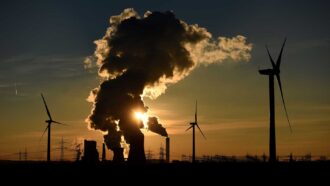 Climate
ClimateWind turbines could help capture carbon dioxide while providing power
Turbulent wakes from wind turbines can concentrate CO2 from cities and factories, making it easier to remove the greenhouse gas from the atmosphere.
-
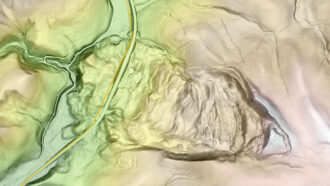 Earth
EarthLandslides shaped a hidden landscape within Yellowstone
Scientists have used lasers to get a detailed view of the national park’s topography, and they’ve spotted more than a thousand landslides.